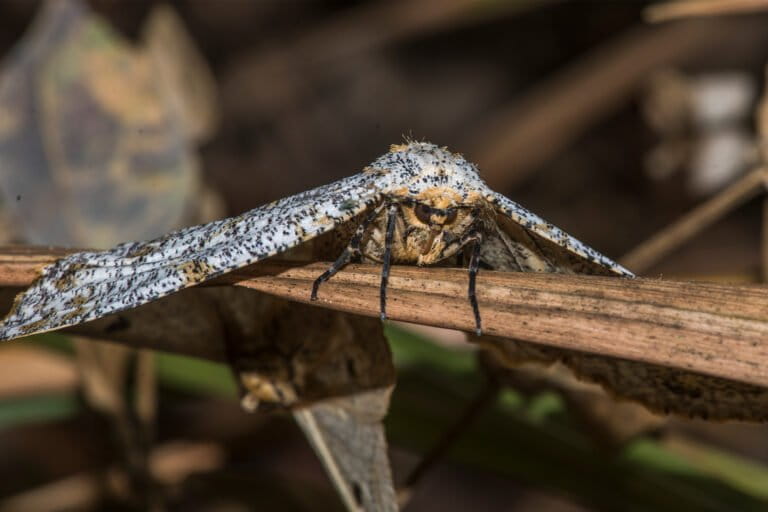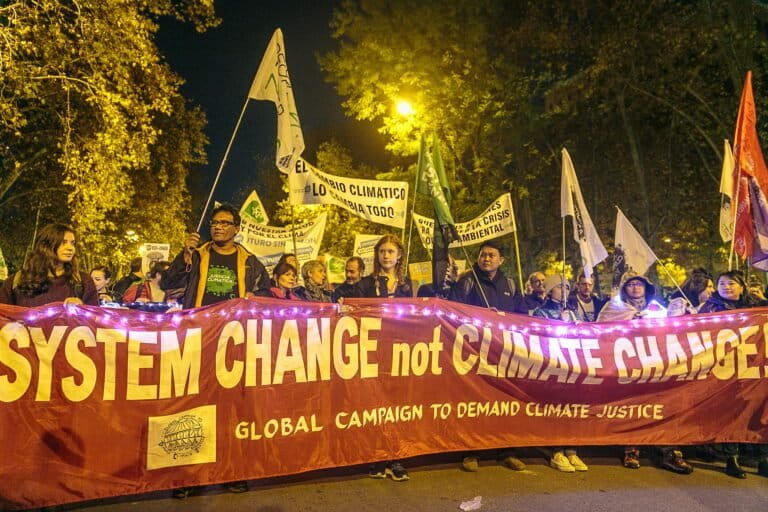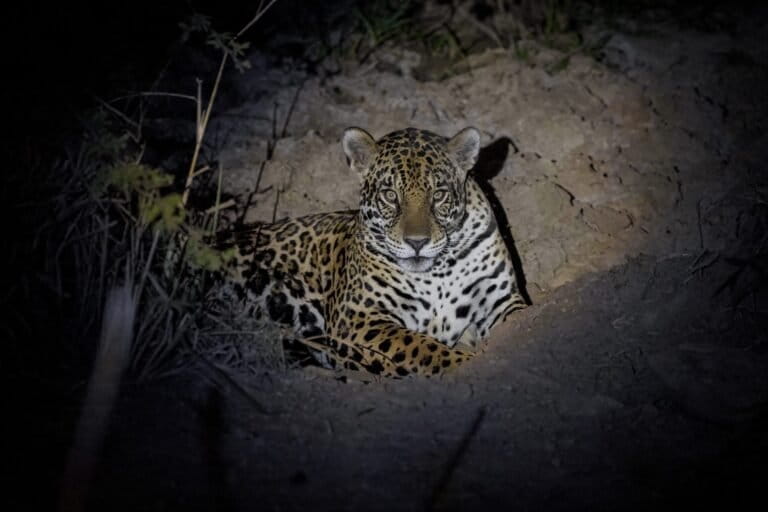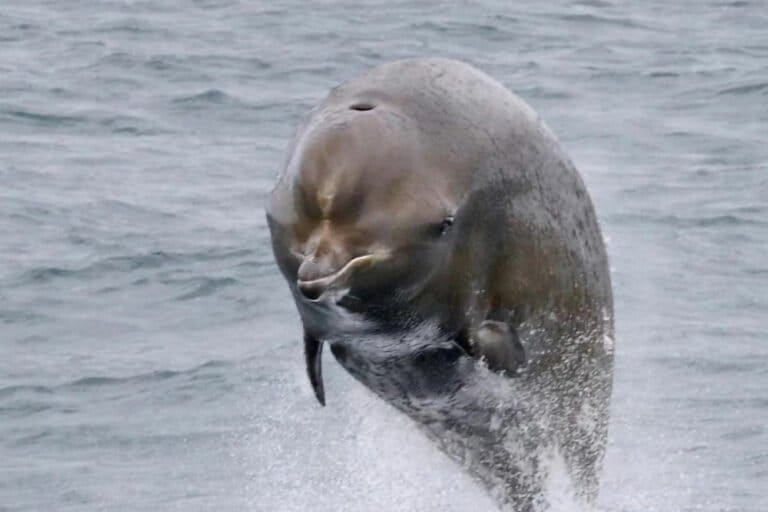Biodiversity-related projects have seen an increase in international funding in recent years, but remain a low priority compared to other development initiatives, according to a new report from the Organisation for Economic Co-operation and Development (OECD).
The report found total official development finance (ODF) for such projects grew from $7.3 billion in 2015 to $15.4 billion in 2022. That’s still less than what the nearly 200 governments that signed the Kunming-Montreal Global Biodiversity Framework (GBF) in December 2022 agreed would be needed to halt biodiversity loss: at least $20 billion annually by 2025, and $30 billion annually by 2030.
Government funding made up the bulk of the ODF for biodiversity-related projects in the OECD report, which is welcome news, Campaign for Nature (CfN), a U.S.-based advocacy group, said in a statement.
“We welcome the increase in international biodiversity finance reported in 2022 but that good news is tempered by a range of concerns,” Mark Opel, finance lead at CfN, told Mongabay.
One concern, CfN notes, is that funding specifically for biodiversity as a principal objective declined from $4.6 billion in 2015 to $3.8 billion in 2022. CfN reviewed hundreds of projects from 2022, which formed the source for the OECD’s report, and found that many either had vague descriptions or focused on other policies like agriculture but were counted toward protecting or restoring nature.
“We need to see more emphasis on funding with a primary focus on biodiversity,” Opel said. “So-called ‘principal’ funding that has biodiversity as its primary goal continues to be down since its 2015 peak. Increases in this type of funding are essential to meet the goals of the GBF … These goals cannot be met through funding with biodiversity as only a ‘significant’ goal that mainstreams biodiversity into projects with other primary goals like humanitarian aid or agriculture.”
The report also found that funding for biodiversity-related activities represent just 2-7% of the total ODF portfolio.
“It is concerning that biodiversity considerations still represent a relatively low share of the total official development assistance,” Markus Knigge, executive director of Germany-based nonprofit foundation Blue Action Fund, told Mongabay. He added it was also problematic that most funding came via loans, which have to be repaid, rather than grants, which are often more appropriate for conservation finance.
CfN says grants are preferable to loans because they don’t add to the debt burden of low-income recipient countries.
At the same time, development funding from major donors such as Germany, France, EU institutions, the U.S. and Japan have been cut in recent years.
“We have seen minimal announcements of new international biodiversity finance since [the GBF signing],” Opel said. “We estimate that only the equivalent of $162 million annually has been pledged since [then], which doesn’t come close to filling the $4.6 billion gap between the $15.4 billion in 2022 and the $20 billion commitment in 2025.”
Banner image: Javan lutung by Rhett A. Butler/Mongabay.














